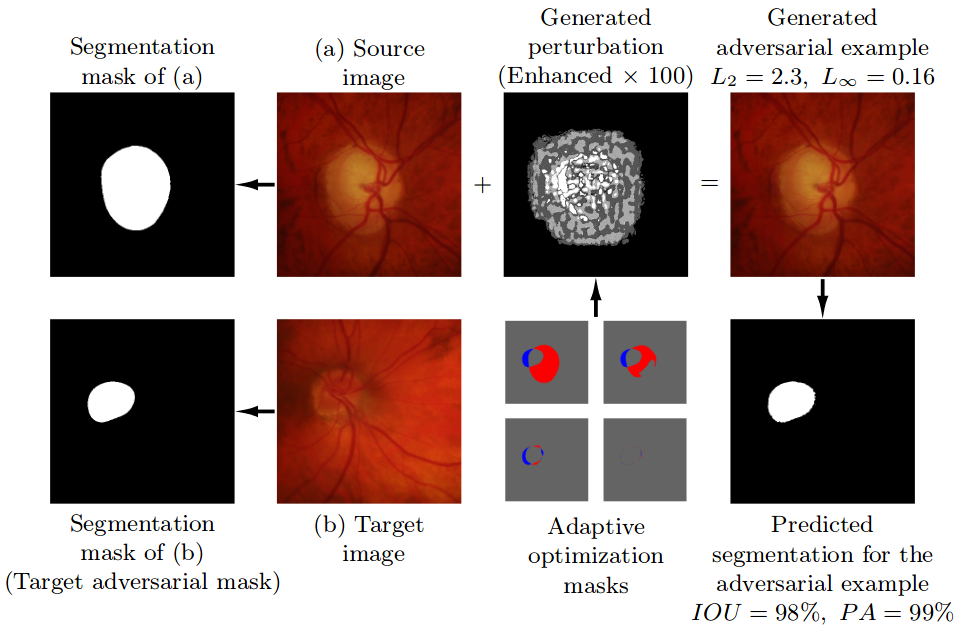Orchestrating Distributed Materials Acceleration Platform Tutorial
This tutorial for orchestrating distributed materials acceleration platform was prepared for the BIG-MAP AI School held in January 2022 by Fuzhan Rahmanian and Jack Flowers.
This repository provides a series of Jupyter Notebooks along with a series of exercises that serve as an overview of the basic functionality of the integration between instruments required for high throughput experimentation
This repository provides a series of Jupyter Notebooks and a python file along with a series of exercises that serve as an overview of the basic functionality of the integration between instruments required for high throughput experimentation that can accelerate material discovery research.
The exercises include the introduction on how to write a server with FastAPI, how several servers can connect and communicate, how an asynchronous server can be deployed as well as introducing the basic of machine learning and active learning and their usage with the mentioned servers.
Running a server locally
Instructions on how to run the notebooks and a server locally (Tutorial_1_1_basic_functionality_of_fastapi.py), are provided in Intruction.md . For easier result, we recommend the usage of Anaconda for creating a python environment with the provided environemnt.yml file.




